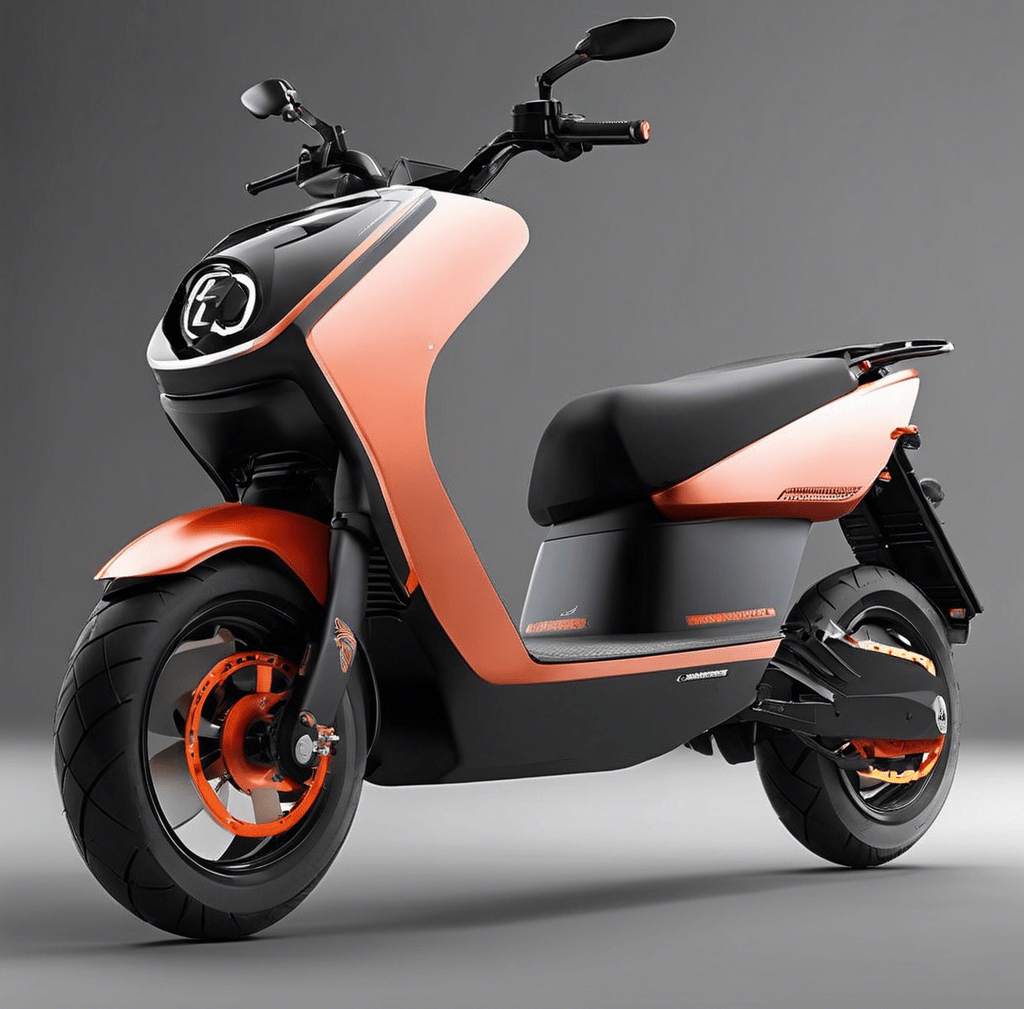Embracing the Future: New Zealand's Electric Mopeds and the Shift in Urban Mobility
The article discusses the evolving landscape of electric mopeds in New Zealand and the shift in urban mobility. It highlights the removal of the 2 kW power limit for mopeds, which has opened the door for more powerful and capable electric mopeds. This regulatory change is expected to drive innovation and adoption of electric mopeds as sustainable transport solutions. The article also explores the changing terminology surrounding mopeds and the potential for future regulatory considerations.
1/29/20242 min read


Embracing the Future: New Zealand's Electric Mopeds and the Shift in Urban Mobility
Introduction
New Zealand's electric moped landscape is evolving rapidly, offering a diverse array of options for urban commuters. Traditionally, mopeds have been associated with small, engine-powered bikes, convenient for city travel. However, the term has broadened to encompass a plethora of electric and petrol options. A moped search on platforms like TradeMe reveals a wide range of models, highlighting the renewed popularity of mopeds as a general term for small commuter motorcycles.
Recent changes in New Zealand moped regulations, including the removal of the 2 kW power limit, have opened the door for a new class of more powerful and capable electric mopeds. This regulatory shift is expected to spur further innovation and adoption of electric mopeds as viable transport solutions for Kiwis looking to navigate urban environments with ease and sustainability in mind.
While speed restrictions for mopeds are in place to ensure safety, they are not necessarily tied to power restrictions. Noteworthy is the power capabilities of 50cc youth motocross bikes, which can reliably produce up to 14 horsepower. This indicates that mopeds can be engineered for both performance and compliance without strict power limitations, potentially influencing future regulatory considerations.
The Evolution of Moped Terminology
The term "moped" is evolving in New Zealand. Once specifically used for lightweight, low-power motorcycles, it's now being adopted more broadly for a variety of small commuter vehicles, both electric and petrol-powered. This semantic shift reflects the changing landscape of urban transportation and the growing market for these versatile two-wheelers. With the removal of the 2 kW power limit and increasing options on trading platforms, mopeds are poised to reclaim their place as a convenient and preferred mode of transport for short distances in cities.
Regulation Changes and Their Impact
New Zealand's regulatory environment is adapting to embrace the potential of electric mopeds. The significant move to remove the 2 kW power limit for mopeds marks a progressive step towards fostering innovation in the sphere of electric mobility. This change enables manufacturers to produce more powerful electric mopeds, which in turn can offer better performance and range, appealing to a broader spectrum of consumers.
The adoption of electric mopeds as a viable urban transport option is likely to accelerate due to these regulatory amendments. With increased power and improved capabilities, electric mopeds can now compete more effectively with petrol mopeds, offering a cleaner, quieter, and more cost-effective alternative for city commuters. Additionally, the enhanced performance of electric mopeds may attract a new segment of riders who previously might have considered them underpowered for their transportation needs.
P.S. For those considering the practicality and economy of a new scooter, the market offers an attractive option: Chinese-made generic 50cc scooters featuring the renowned GY6 engine transmission. Known for its reliability and impressive fuel economy, these scooters can be purchased new, with delivery right to your doorstep, often for less than $2,000. This makes for an appealing proposition for riders seeking an affordable and efficient mode of transport.
